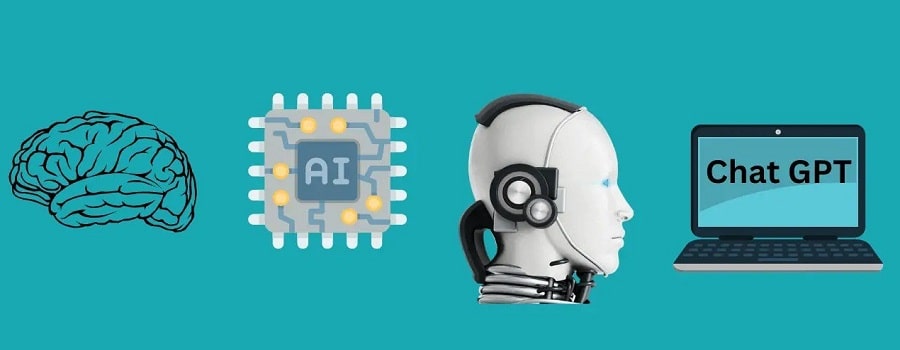
What is ChatGPT?
In an era of rapidly advancing AI, new innovations constantly vie for attention. One such innovation is ChatGPT by OpenAI. But as with all novel technologies, it invites a crucial question: Is ChatGPT genuinely groundbreaking, or is it just another flash in the pan?
ChatGPT, based on OpenAI’s GPT (Generative Pre-trained Transformer) architecture, is a state-of-the-art language processing AI. It’s designed to generate human-like text based on the input it receives. Thanks to massive amounts of training data and sophisticated model architectures, ChatGPT can produce coherent, contextually relevant, and sometimes impressively intricate responses.
Why is Everyone Talking about ChatGPT?
The buzz surrounding ChatGPT isn’t without reason. Here’s why it’s capturing imaginations:
- Human-like Interaction: Unlike many other chatbots, ChatGPT offers a more fluid and human-like conversational experience.
- Versatility: It’s not limited to specific domains and can generate text on a vast array of topics.
- Continuous Learning: With each iteration (like the transition from GPT-2 to GPT-3), the model becomes more refined and capable.
- OpenAI’s Reputation: OpenAI, the organization behind ChatGPT, has a track record of groundbreaking work in AI, further fueling interest.

What ChatGPT Can Do
ChatGPT’s capabilities extend beyond mere chat:
- Content Generation: It can produce articles, stories, and other written content.
- Answering Queries: From technical questions to general knowledge, ChatGPT can provide answers.
- Tutoring: It’s used in educational settings for subject explanations and clarifications.
- Programming Help: ChatGPT can generate code snippets and help debug issues.
- Language Translation: While not its primary function, it can aid in translating languages.
- Entertainment: Many users engage with ChatGPT for fun, playful conversations.
How is it Used Today?
From businesses to individual developers, ChatGPT’s adoption is widespread:
- Customer Service: Businesses use ChatGPT to handle customer queries, providing 24/7 support.
- Content Creation: Bloggers and writers employ ChatGPT for brainstorming and drafting.
- Education: Online platforms integrate ChatGPT to offer instant tutoring.
- App Development: Developers incorporate ChatGPT into apps for various functionalities, from chat services to virtual assistants.
Conclusions
ChatGPT undoubtedly represents a significant leap in natural language processing. While no technology is without its limitations, to label it as “overrated” might be dismissive of its genuine potential. As with all AI, its true value will be determined by its applications and how it’s harnessed in various fields. For now, though, ChatGPT seems poised to shape the future of human-AI interaction.
